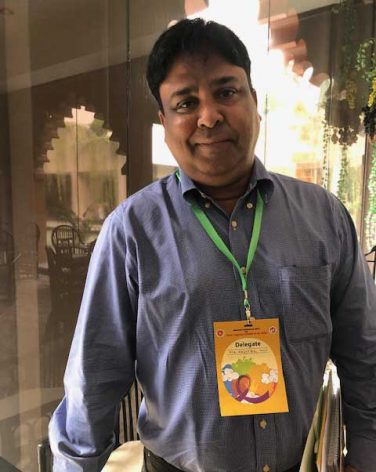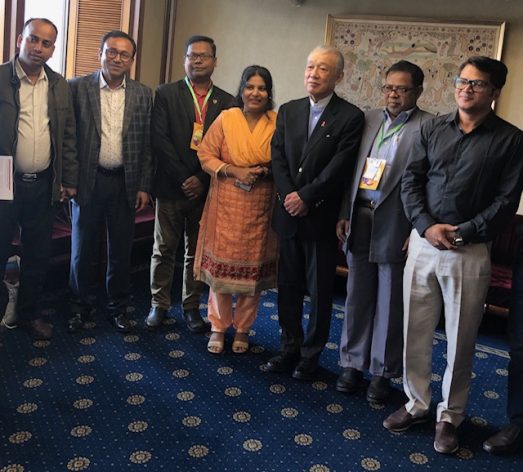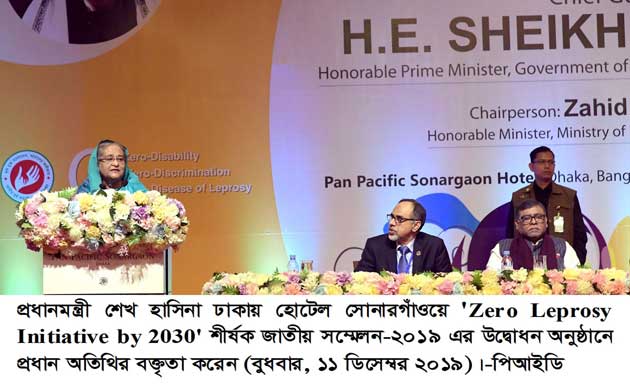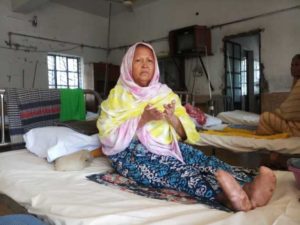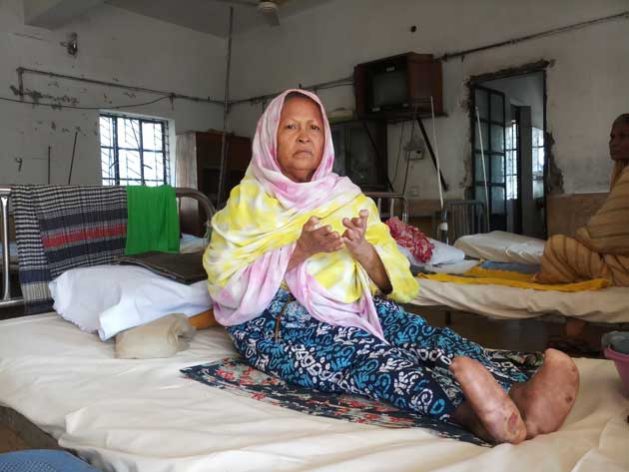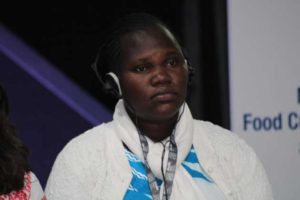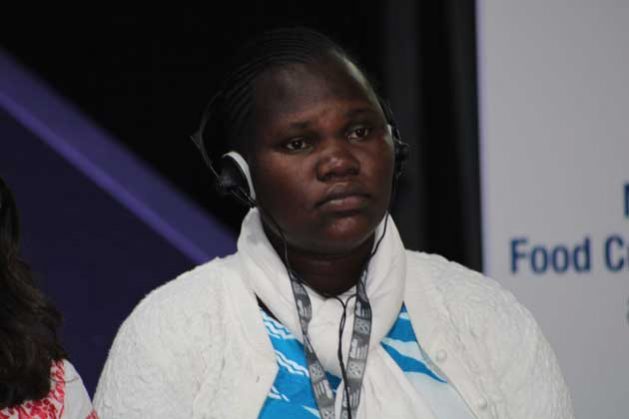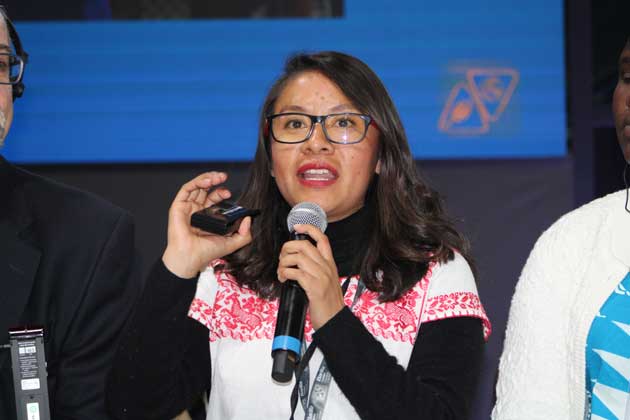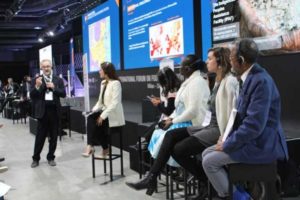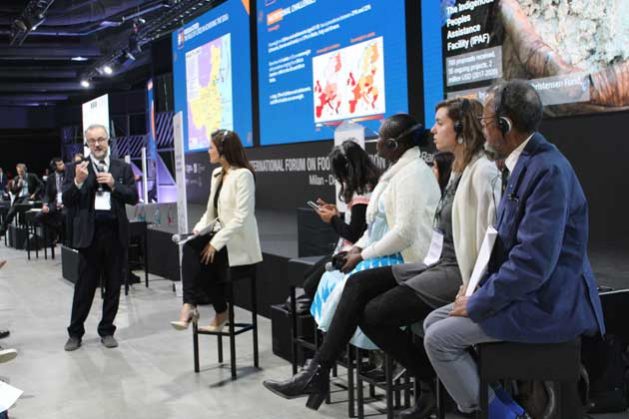
Asia-Pacific, Conferences, Development & Aid, Education, Featured, Headlines, Health, Human Rights, Migration & Refugees, Poverty & SDGs, TerraViva United Nations

Chairman of The Nippon Foundation Yohei Sasakawa and BRAC Executive Director Asif Saleh announcing $2 million partnership. Credit: Rafiqul Islam / IPS
– In the light of limited access to education for displaced Rohingya children, the Nippon Foundation has announced US$ 2 million support to BRAC to launch a project to ensure educational facilities to both Rohingya and local community children.
The Nippon Foundation made the announcement at a press conference at the BRAC Centre in Dhaka, which was attended by Nippon Foundation chairman Yohei Sasakawa and BRAC Executive Director Asif Saleh.
Under the US$ two million project, BRAC will build 50 steel-structured two-storey learning centres at Rohingya camps in Cox’s Bazar to provide an educational facility for Rohingya children. This project aims to provide educational access to 8,000 Rohingya children aged between 4 and 14 years. The Nippon Foundation is also supporting BRAC to open and operationalize 100 pre-primary centres for 3,000 host community children aged between 5 and 6 years through this funding.
Learning centres will educate Rohingya children
The project will ensure education access of Rohingya children to incoming children and existing children at the newly constructed learning centres.
As the host community in Ukhya, Teknaf and Ramuupazila of Cox’s Bazar are under significant stress. The project targets 3,000 host community children aged 5-6 years to get pre-primary education from BRAC-operated learning centres to prepare them for primary education. Engagement with parents, as well as the broader community, will be prioritised to select the location of centres, which will be established on the community premises.
Providing humanitarian support
The chairman of The Nippon Foundation Yohei Sasakawa said he visited the Rohingya camps in Cox’s Bazar to personally witness the reality there. “When I was there, I found the situation is much more serious.
“I have seen the refugee camps from the Myanmar side and Bangladesh side as well. And as a result of that, I actually saw, on my own eyes, how difficult the situation is. And under such a different situation, the Bangladesh government is trying to provide humanitarian aid (to the displaced Rohingyas),” he said.
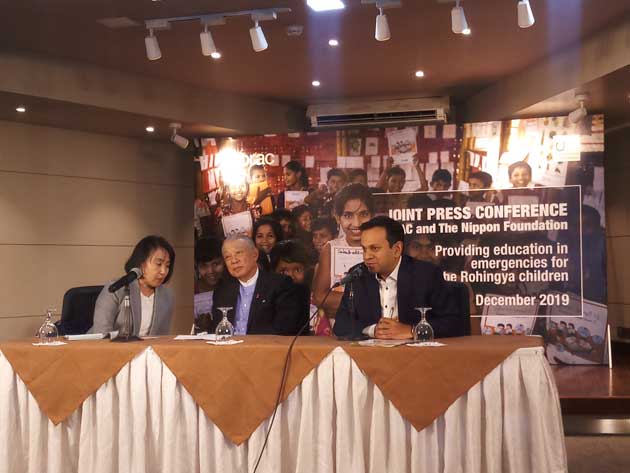
Chairman of The Nippon Foundation Yohei Sasakawa and BRAC Executive Director Asif Saleh. Credit: Rafiqul Islam / IPS
Sasakawa, who is also a World Health Organization (WHO) Goodwill Ambassador, said given the circumstances, women and children are the most vulnerable in conflict-prone areas across the world and “that is why we need to provide support to women and children”. “With the partnership with BRAC, we will be able to provide more humanitarian support,” he added.
Regarding the long-standing Rohingya crisis, he said: “I hope the Rohingya problem will be resolved soon and the refugee camps (set up in Bangladesh) will not be permanent”. Bangladesh is hosting more than one million Rohingya refugees.
In August of 2017, a small group of Rohingya militants launched an attack against local police forces in Myanmar. This led to clashes between the Rohingya and the non-Rohingya population, Buddhist monks and police. This led to mass killings, abuses and abductions and s ost of the Rohingya fled to Bangladesh where the refugees now live in camps where they receive essential assistance and basic medical care
(http://www.ipsnews.net/2019/01/the-rohingya-the-forgotten-genocide-of-our-time/.
Promoting education to local and Rohingya children
BRAC Executive Director Asif Saleh said about 55 percent of the displaced Rohingya people staying in Cox’s Bazar are children and they have very limited access to education.
Apart from facilitating education to the Rohingya children, he said this project will provide support to 3,000 children of the host community as they are also very vulnerable and have limited access to education. “Our vision is to promote the facility to the poor and those who are still lagging behind,” he added.
Saleh said the support of the Nippon Foundation and the Japanese government are very important for Bangladesh, stating: “We always welcome such support”.
The Nippon Foundation has been working in Bangladesh since 1971. Its activities were focused on supporting health, education, human resource development and support for people with disabilities. These include, for example, supporting flood or cyclone victims, providing anti-leprosy drugs, scholarship programs, prevention of the cholera epidemic and supporting projects for relief and the rehabilitation of refugees in Bangladesh.
The Nippon Foundation, a Japanese private, non-profit grant-making organisation established in 1962, has decided to further support those projects in Bangladesh for basic human needs, including education and learning opportunities.
BRAC is a leading development organisation in Bangladesh dedicated to alleviating poverty by empowering the poor to bring about change in their own lives in Bangladesh.
The Nippon Foundation and the Sasakawa Health Foundation of Japan organized a national conference on leprosy in Dhaka on December 11 under the theme “ZeRo leprosy initiative”.


